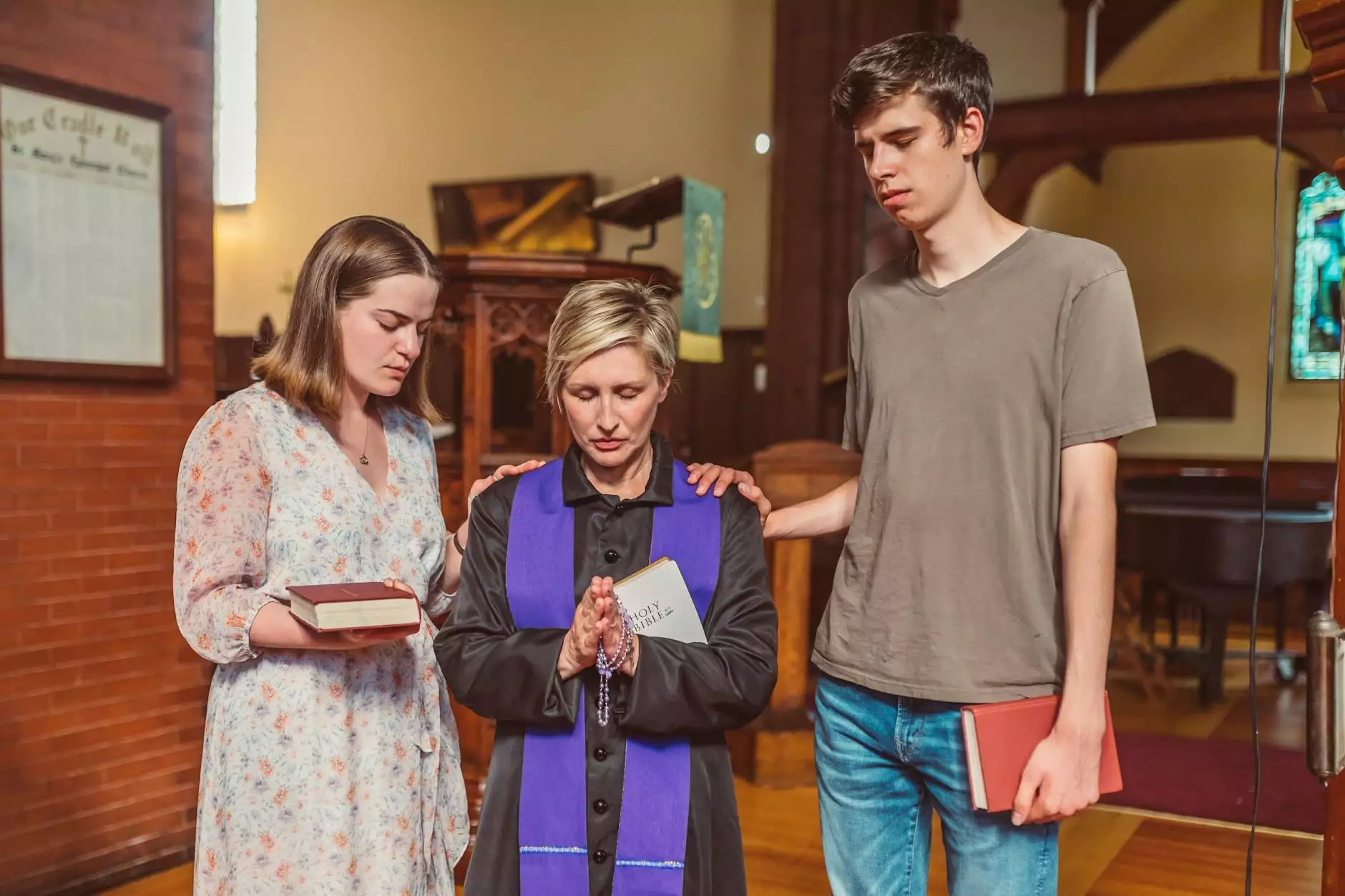Understanding **CT-Guided Lung Biopsy**: A Comprehensive Guide

The CT-guided lung biopsy is a pivotal diagnostic tool in modern pulmonology, enabling healthcare professionals to obtain tissue samples from lung lesions. This minimally invasive procedure offers hope for accurate diagnoses and better treatment plans for patients. In this article, we will delve deeply into the nuances surrounding CT-guided lung biopsies, discussing their significance, procedure, benefits, and aftercare. With the right knowledge, patients can navigate this procedure with confidence.
The Importance of CT-Guided Lung Biopsies
In the field of respiratory medicine, lung diseases are often challenging to diagnose. Many conditions, including cancer, infections, and inflammatory diseases, can manifest similarly, making precise diagnosis critical. Here are several reasons why CT-guided lung biopsies are essential:
- Accurate Diagnosis: By obtaining a direct tissue sample, physicians can perform histological examinations that allow for accurate identification of the underlying conditions.
- Minimally Invasive: Compared to traditional surgical biopsies, CT-guided procedures involve less risk and quicker recovery times.
- Guided Precision: The use of computed tomography (CT) imaging provides real-time guidance, ensuring that samples are taken from the most suspicious areas.
- Enhanced Treatment Options: A definitive diagnosis opens the door to tailored treatment plans, including chemotherapy, targeted therapy, or radiation.
Who Needs a CT-Guided Lung Biopsy?
Patients may be recommended a CT-guided lung biopsy for several reasons. Common indications include:
- Presence of a suspicious mass on imaging studies.
- Persistent respiratory symptoms, such as cough or chest pain, without a clear diagnosis.
- Monitoring of known lung conditions that may be changing.
Preparing for a CT-Guided Lung Biopsy
Before undergoing the procedure, patients can expect a thorough evaluation. Preparation involves:
- Medical History Review: Your healthcare provider will review your complete medical history, including any allergies and medications.
- Diagnostic Imaging: Prior CT scans or chest X-rays should be provided for reference.
- Pre-procedure Instructions: Patients may need to fast or avoid certain medications, especially blood thinners.
The CT-Guided Lung Biopsy Procedure
Understanding what to expect during the CT-guided lung biopsy can alleviate anxiety. Here’s a descriptive overview of the procedure:
Step 1: Imaging Guidance
The procedure begins with a CT scan, which helps doctors precisely locate the area from which the tissue sample will be taken. This imaging is crucial for ensuring accuracy and minimizing complications.
Step 2: Anesthesia Administration
Local anesthesia is applied to numb the area where the biopsy needle will be inserted. This is to ensure patient comfort throughout the procedure.
Step 3: Needle Insertion
Under continuous CT monitoring, a thin needle is inserted through the chest wall into the targeted lung lesion. Patients may be instructed to hold their breath at certain times to facilitate accurate sample collection.
Step 4: Sample Acquisition
Once the needle is positioned correctly, a sample of lung tissue is obtained. This may be done with a fine needle aspiration (FNA) or a core needle biopsy.
Step 5: Post-Procedure Imaging
Following the biopsy, another CT scan may be performed to check for any complications, such as bleeding or pneumothorax (collapsed lung).
Benefits of CT-Guided Lung Biopsy
There are numerous advantages associated with CT-guided lung biopsies, making them a favorable option for lung diagnosis:
- Minimized Risk: The use of imaging technology reduces the likelihood of complications.
- Rapid Results: Tissue samples can often be expedited for analysis, leading to quicker diagnoses.
- Less Invasive than Surgery: Many patients can return home the same day, contrasting with traditional surgical methods that often require hospitalization.
- Tailored Treatment Plans: Accurate diagnoses allow for targeted therapies based on specific conditions.
Risks and Considerations
While CT-guided lung biopsies are generally safe, some risks do exist. These may include:
- Pneumothorax: A small risk of the lung collapsing.
- Infection: Though rare, there’s a potential for infection at the needle insertion site.
- Bleeding: Some bleeding can occur; however, it is usually minimal and manageable.
Aftercare for CT-Guided Lung Biopsy
Post-procedure care is crucial for optimal recovery. Here are some care tips patients should follow:
- Observation: Patients are often monitored in a recovery area to observe any immediate complications.
- Follow-Up Appointments: A follow-up visit is usually scheduled to discuss biopsy results and next steps.
- Activity Restrictions: Patients may be advised to limit physical activity for a short period after the procedure.
Understanding the Results
The results from a CT-guided lung biopsy can take anywhere from a few days to two weeks. Upon reviewing the pathology report, your doctor will explain what the findings mean concerning your health condition. This information is vital as it directs future care, treatment options, and necessary follow-up evaluations.
Neumark Surgery: Pioneering Excellence in Lung Biopsies
At Neumark Surgery, we pride ourselves on delivering exceptional care to patients requiring CT-guided lung biopsies. Our team of experienced pulmonologists and radiologists works collaboratively to ensure that each patient receives precise diagnoses and tailored treatment plans. Here’s what sets us apart:
- Advanced Technology: We utilize state-of-the-art imaging technologies and techniques to provide the best outcomes for our patients.
- Expert Team: Our skilled practitioners have extensive training and experience in performing lung biopsies, prioritizing patient safety and well-being.
- Patient-Centered Approach: We believe in a holistic approach, where patient education and emotional support are paramount throughout the diagnostic process.
Conclusion
In summation, the CT-guided lung biopsy is an invaluable procedure in the diagnosis of lung diseases. With precise techniques and dedicated healthcare professionals like those at Neumark Surgery, patients are assured of receiving the highest standard of care. By understanding what to expect and the importance of this procedure, individuals can engage proactively in their health journeys. If you experience respiratory symptoms or have concerns about lung issues, consult with a qualified healthcare provider to explore whether a CT-guided lung biopsy is the right step for you.


